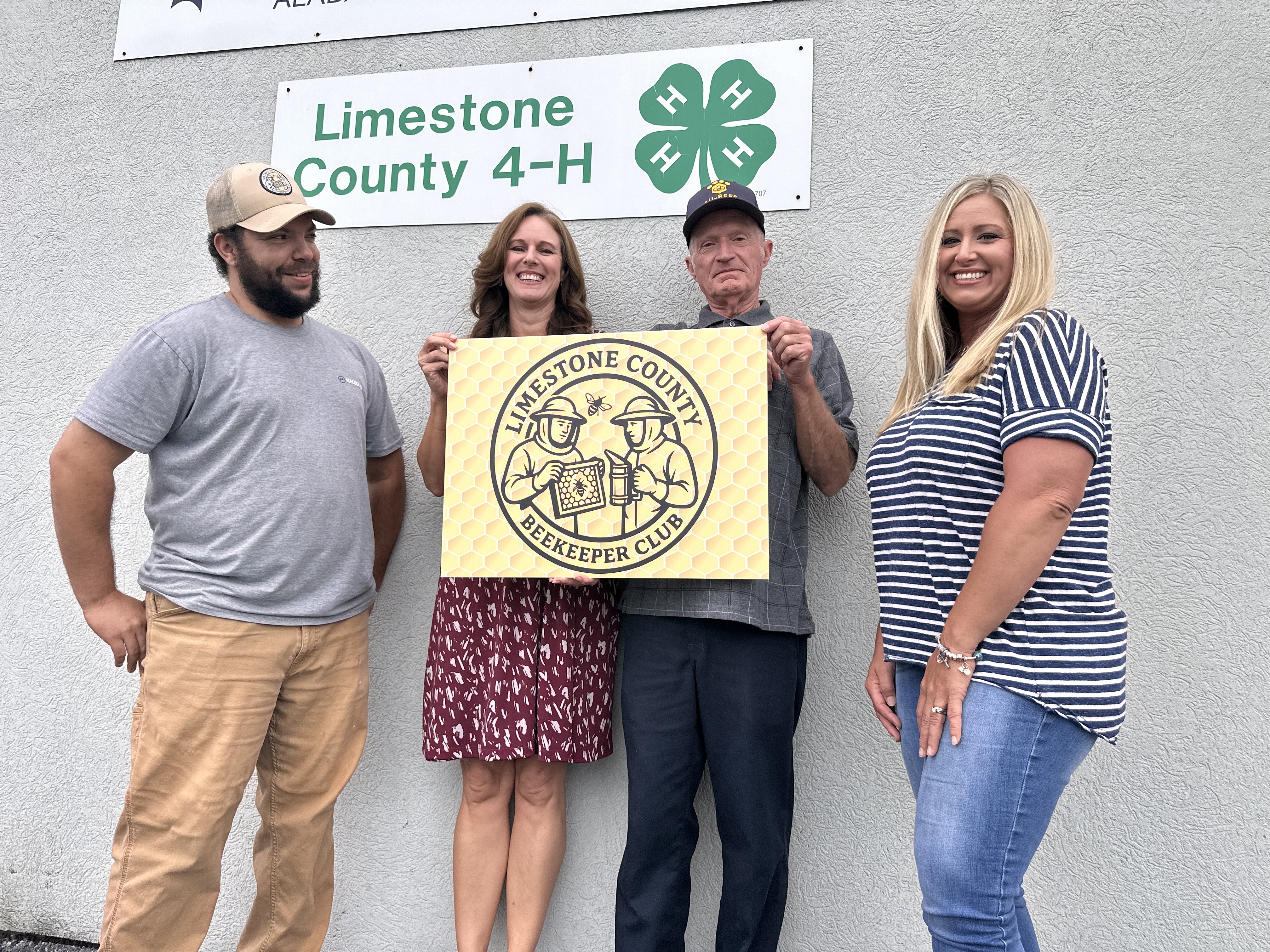The 7 principles of Kwanzaa
Published 2:33 pm Monday, December 26, 2022

- {span}The seven-day celebration of Kwanzaa celebrates African American and pan-African culture. The symbols of the holiday are a vital component of that celebration.{/span}
In 1966, California State University, Long Beach professor Dr. Maulana Karenga sought a way to bring African Americans together as a community. Dr. Karenga ultimately settled on Kwanzaa, a holiday that has now been celebrated for nearly 60 years.
Kwanzaa is an African American and pan-African holiday that is celebrated each December beginning on December 26. According to History.com, Kwanzaa gets its name from the Swahili phrase “matunda ya kwanza,” which means “first fruits.” Kwanzaa is a week-long celebration during which seven principles are discussed. Those principles serve as the foundation of Kwanzaa, and each night of Kwanzaa emphasizes a different one of these foundational tenets.
Umoja:
- The Swahili word for “unity,” umoja is focused on maintaining and striving for greater unity in the family, community, nation, and race.
Kujichagulia:
- The principle of kujichagulia focuses on self-determination and is designed to inspire Kwanzaa celebrants to discuss how they define themselves, name themselves, create for themselves, and speak for themselves.
Ujima:
- Ujima focuses on collective work and responsibility. When discussing ujima, celebrants focus on how they can work together to build and maintain their communities. In addition, ujima is dedicated to communities solving problems together by making one member’s problem everyone’s problem.
Ujamaa:
- Ujamaa is dedicated to cooperative economics and how celebrants can build and maintain their own businesses and how they can all profit from the success of those businesses.
Nia:
- “Nia” is the Swahili word for “purpose.” The principle of nia is meant to encourage celebrants to make the building and development of their communities a collective vocation.
Kuumba:
- Creativity is the basis for the principle of kuumba, which encourages celebrants to do everything they can to make their communities more beautiful and fruitful for all.
Imani:
- The Swahili word for “faith,” imani promotes believing fully in one’s people, parents, teachers, and leaders. Kwanzaa is an annual celebration that begins on December 26 and ends on January 1.
Many holidays have their own unique symbols, and Kwanzaa is no exception. The following are the primary symbols of Kwanzaa, courtesy of OfficialKwanzaaWebsite.org.
Mazao
Mazao symbolizes the crops of African harvest celebrations. Mazao also is symbolic of the rewards of productive and collective labor.
Mkeka
Mkeka translates to “The Mat.” The mat in Kwanzaa celebrations symbolizes African American and pan-African tradition and history and the foundations on which those traditions and histories are built.
Kinara
The kinara is a candle holder that is symbolic of the continential Africans to whom African Americans and pan-Africans trace their roots.
Muhindi
Muhindi stands for “The Corn” and symbolizes children and the future that they embody. Kikombe cha Umoja The Kikombe cha Umoja is the unity cup and symbolizes, in both principle and practice, the unity that makes all else possible. Mishumaa Saba This is the seven candles, which are symbolic of Nguzo Saba, or the Seven Principles of Kwanzaa. Each day of Kwanzaa is dedicated to one of the Seven Principles. The principles are a set of values Kwanzaa celebrants are urged to live by.
Zawadi
Zawadi stands for “The Gifts” and are symbolic of the labor and love of parents and the commitments made and kept by children.





